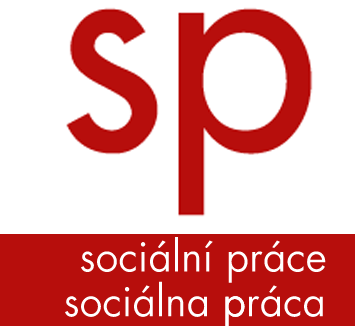Patricia Dobríková, Michaela Hromková, Simona Predáčová, Barbora Kolková
Abstract
OBJECTIVES: The main objective of this study is to analyse documents from selected databases of groups of children with cerebral palsy in regards to early childhood intervention and provide an overview of the different methods and procedures used. THEORETICAL BASE: Providing early childhood intervention in families with children with cerebral palsy is crucial for the further development of children and their families. METHODS: The content analysis of the studies was conducted on research done in May 2019. Documents were found through computer searches of SCOPUS (n = 37); Web of Sciences Current Content (n = 7); Web of Sciences Core Collection (n = 13) and Science Direct Databases (n = 1166). OUTCOMES: Finally, six studies were included. The importance of early childhood intervention is mostly visible in these areas: motor ability, manual ability, communication, and social development. The early start of intervention and a family-centred approach are important in the work with the family of children with cerebral palsy. SOCIAL WORK IMPLICATIONS: Early childhood intervention as a social service for supporting the families of children with disabilities are currently a crucial part of Slovak legislation. The timely provision of this service in the context of a systematic interdisciplinary approach, along with an approach that is oriented towards the family, is very important for the families of children with cerebral palsy.
Keywords
early childhood intervention, child development, cerebral palsy
p. 5-19
Chcete-li zobrazit tento obsah, musíte být předplatitelem časopisu.
Nemáte předplatné? Objednejte si ho.
